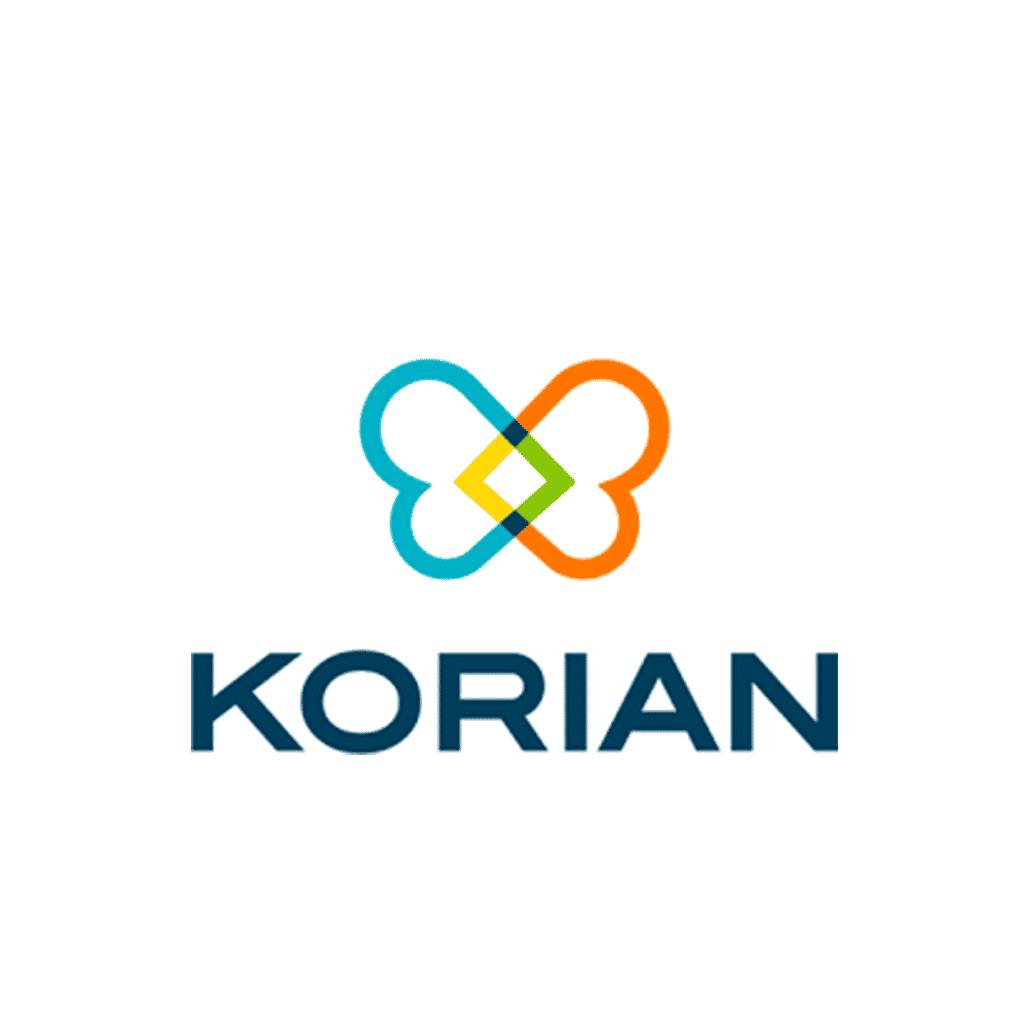Korian has a real estate portfolio of more than 4 million sq. meters. The low-carbon roadmap for the “Building Energy” category is very significant as this category represents more than a third of the Group’s carbon emissions. This roadmap defines several concrete operational objectives:
- Promote low-carbon energies by favouring renewable energies
- Develop equipment that consumes less energy, such as heat pumps or connection to the heat pumps or connection to the district heating network.
- Improving the energy efficiency of buildings (by improving the insulation of buildings and renovating the most energy and renovating the most energy-intensive equipment)
- Reducing the use of high-carbon energy sources such as fuel oil and propane and giving priority to renewable energies as much as possible
- Energy labelling of new building projects (HQE, DGNB, BREAM, LEED, etc.)
- Raising awareness of eco-actions in the establishments (energy savings through use)
The low-carbon roadmap for “Energy of buildings” was developed jointly between the Group CSR Department, the Group Real Estate Department and each country real estate departments. A Group carbon committee has been set up in 2019 to define the carbon strategy and associated indicators, exchange best practices between communities of technical experts and address environmental issues of concern across the Group.
The low-carbon energy roadmap was also validated by the Group’s General Management in November 2020.
The deployment and construction of the country roadmaps began in 2021 with associated CAPEX and governance/steering.



